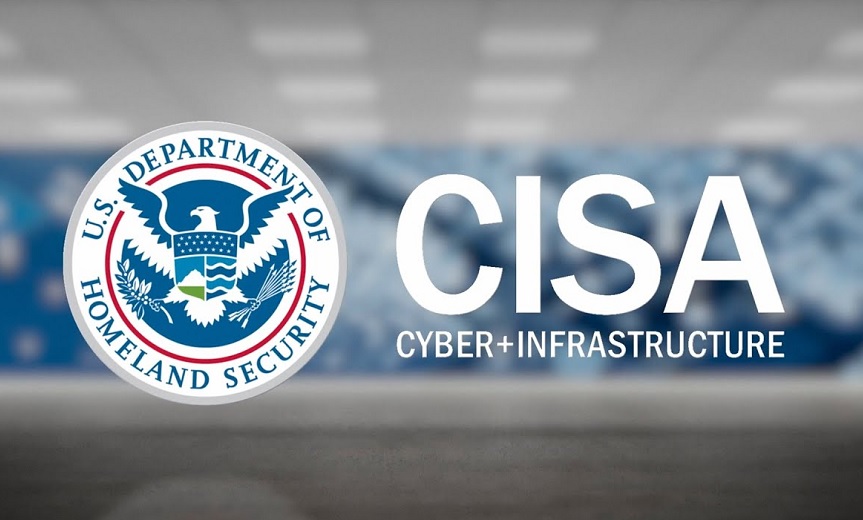Critical Infrastructure Security
,
Government
,
Industry Specific
US Cyber Defense Agency Proposes 72-Hour Reporting Rule for Covered Entities

The U.S. Cybersecurity and Infrastructure Security Agency is seeking public feedback on forthcoming regulations that would require covered entities to inform the federal government of certain cyber incidents within 72 hours of detection.
See Also: Use Cases: Censys for Federal Agencies
The cyber defense agency posted a notice of proposed rulemaking to the Federal Register on Wednesday as part of a yearslong effort to develop cyber incident reporting requirements for critical infrastructure sectors. CISA began spearheading the rulemaking efforts after President Joe Biden signed the Cyber Incident Reporting for Critical Infrastructure Act of 2022.
The legislation gives federal agencies 24 hours to share reports of detected cyber incidents to CISA, and tasks the Department of Homeland Security with establishing an intergovernmental Cyber Incident Reporting Council to coordinate federal incident reporting requirements.
“Cyber incident reports submitted to us through CIRCIA will enable us to better protect our nation’s critical infrastructure,” Homeland Security Secretary Alejandro Mayorkas said in a statement. He added that the incident reporting requirements allow the department and CISA to better spot trends “and quickly share information with other potential victims.”
The proposed rulemaking details specific reporting requirements CISA is seeking to include in its final regulations for covered entities. In ransom payment reports, the agency wants information from organizations on the identity of the attackers, as well as whether the victim engaged with law enforcement while resolving the ransom payment or underlying attack.
“Such information would be extremely beneficial to effective operations of the Joint Ransomware Task Force established by CIRCIA and help the federal government minimize the potential for uncoordinated law enforcement activities,” the proposed rulemaking states.
CISA estimates 316,244 organizations could potentially be affected by the proposed rule, resulting in $1.4 billion in costs to the private sector and $1.2 billion in costs to the federal government.
CISA Director Jen Easterly described CIRCIA as a “gamechanger” in a statement and added: “We look forward to additional feedback from the critical infrastructure community as we move towards developing the final rule.”
One outstanding question the proposed rules addresses is which critical infrastructure operators would come under the reporting requirements. DHS says the rule should cover:
- Providers of wire or radio communications services, including telecoms, cable operators and radio and television broadcasters;
- Manufacturers of electrical equipment, machinery, or primary metals as well as transportation equipment makers;
- Defense contractors that come into contact with sensitive information;
- Emergency services providers including law enforcement and fire and rescue;
- Bulk electric and distribution entities;
- Banks or financial services already regulated by federal agencies including the Federal Reserve, the Federal Deposit Insurance Corporation or the Commodity Future Trading Commission;
- State, local, Tribal and territorial governments;
- Educational agencies that serve a student population greater than 1,000 pupils and institutes of higher education;
- Hospitals, as well as some drug and medical device manufacturers;
- Information technology makers that have “direct or privileged access to network of computing resources,” are original equipment manufacturers, perform “a function critical to trust,” or control operational technology;
- Railroads, bus, maritime and aircraft operators and cargo screening facilities;
- Water systems.
This is a breaking news story and will be updated with more information as it becomes available.
